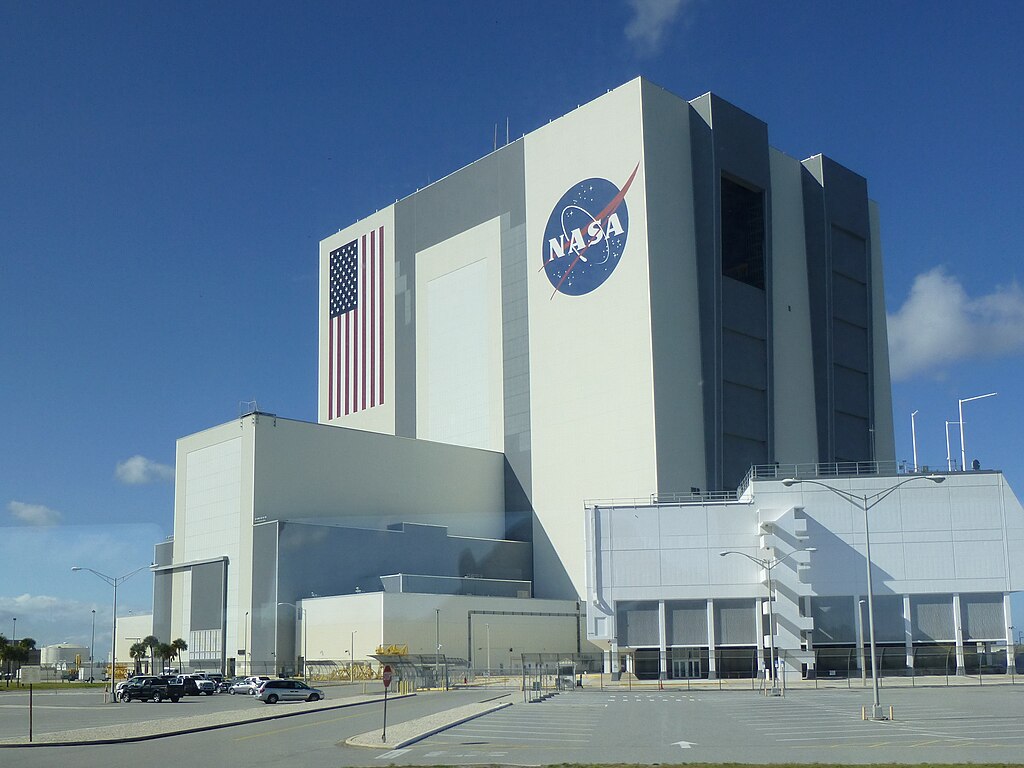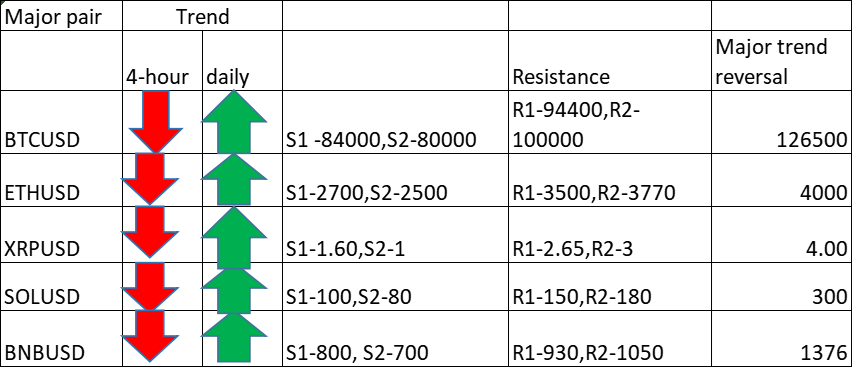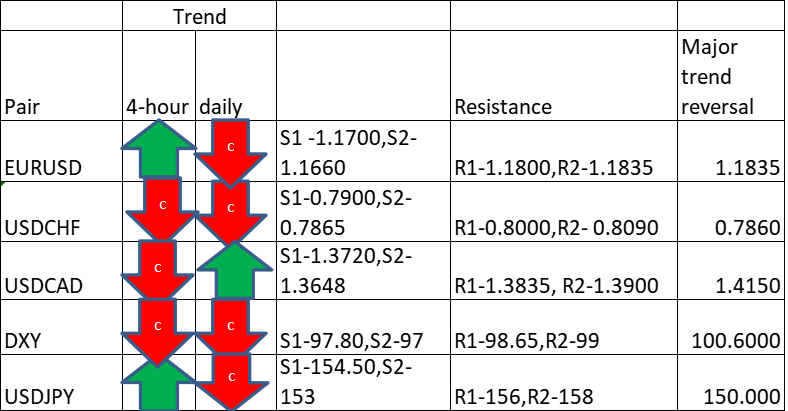
Seth Blumsack
Professor, Pennsylvania State University
Seth Blumsack is Professor in the Department of Energy and Mineral Engineering; an Adjunct Research Professor at the Carnegie Mellon Electricity Industry Center; and is on the External Faculty of the Santa Fe Institute.
His work focuses on policy-relevant engineering, environmental and economic research for the energy, electric power and transportation industries. He also performs research in the area of complex engineered infrastructure networks.
Dr. Blumsack's research agenda is highly interdisciplinary and problem-driven. Before returning to academia, he served as a journalist and consultant for Economic Insight, Inc., where he was a contributing editor for the Energy Market Report and Pacific West Oil Data. He has authored or co-authored more than twenty scientific and policy articles and book chapters.
His work on restructured electricity markets has been cited in The New York Times and the Pittsburgh Post-Gazette, and his writing for the Energy Market Report on California’s energy crisis has been cited in the Los Angeles Times as well as in The Smartest Guys in the Room. He is currently the John R. Ryan Jr. Faculty Fellow in the College of Earth and Mineral Sciences.
The US energy market has its troubles, though it may not be a ‘national emergency’
Mar 08, 2025 07:33 am UTC| Insights & Views Business
President Donald Trumps declaration of a national energy emergency on his first day in office and which he reiterated during his address to Congress on March 4, 2025 might have seemed to echo other national emergencies,...

What's behind $15,000 electricity bills in Texas?
Feb 26, 2021 14:49 pm UTC| Economy
Texans who made it through Februarys extreme cold weather without losing power or natural gas must have felt lucky. But for some, keeping their electricity through the blackout may turn out to be more traumatic than...
- Market Data







































